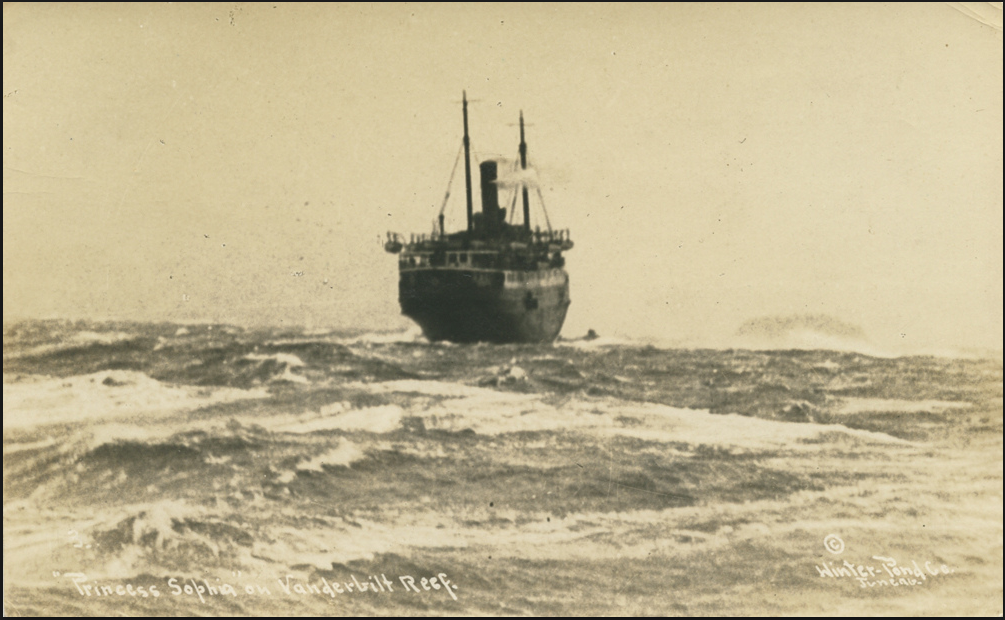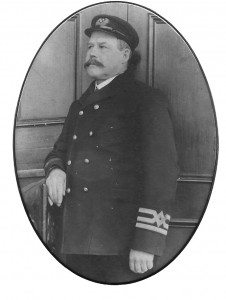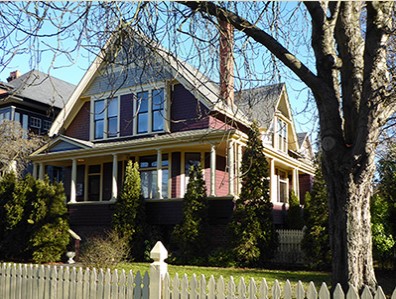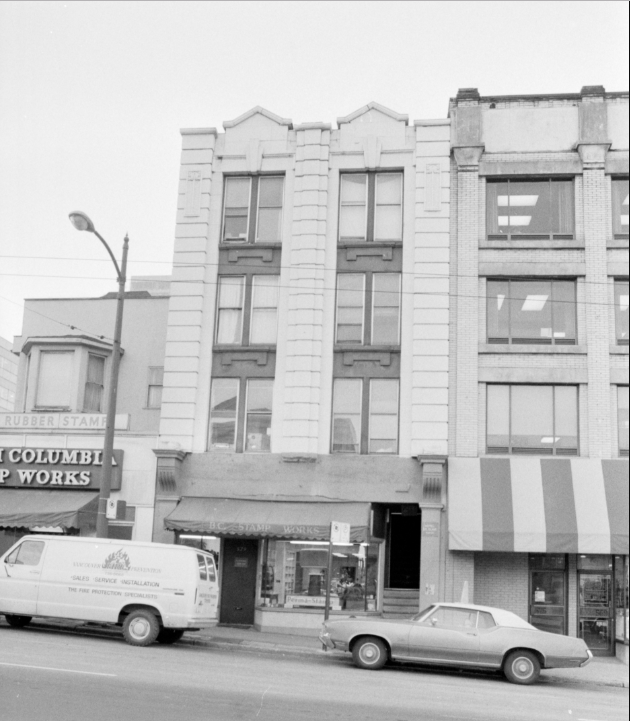
A little while ago I was having lunch with Tom Carter and Maurice Guibord at the newly renovated Railway Club. Afterwards, we were walking along Richards Street and Tom gave us a tour of the St. Clair Hotel-Hostel.
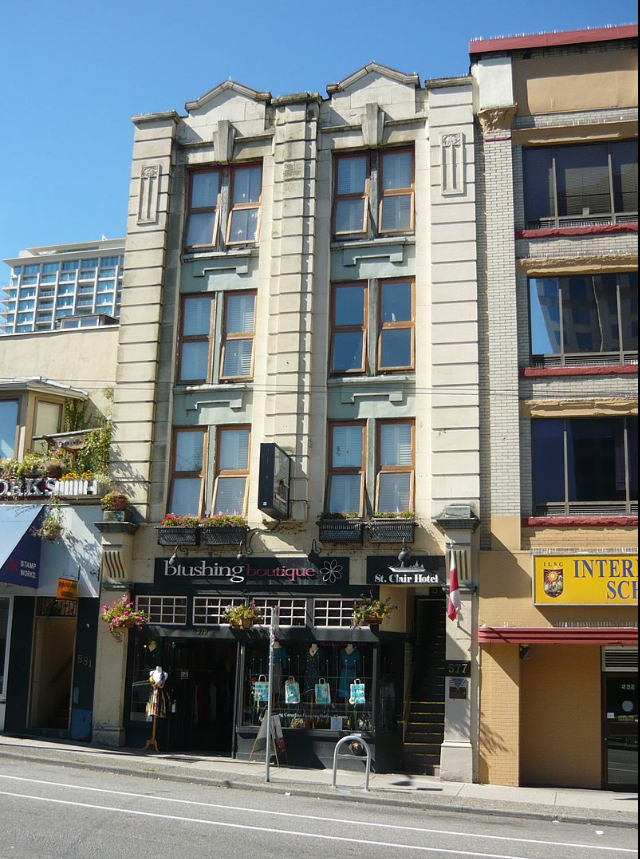 The Blushing Boutique is on the ground floor and a set of very steep stairs takes you up to the Hostel. The whole interior is designed in a nautical theme, which I guess isn’t surprising since it was designed by architect Samuel Birds for Captain Henry Pybus.
The Blushing Boutique is on the ground floor and a set of very steep stairs takes you up to the Hostel. The whole interior is designed in a nautical theme, which I guess isn’t surprising since it was designed by architect Samuel Birds for Captain Henry Pybus.
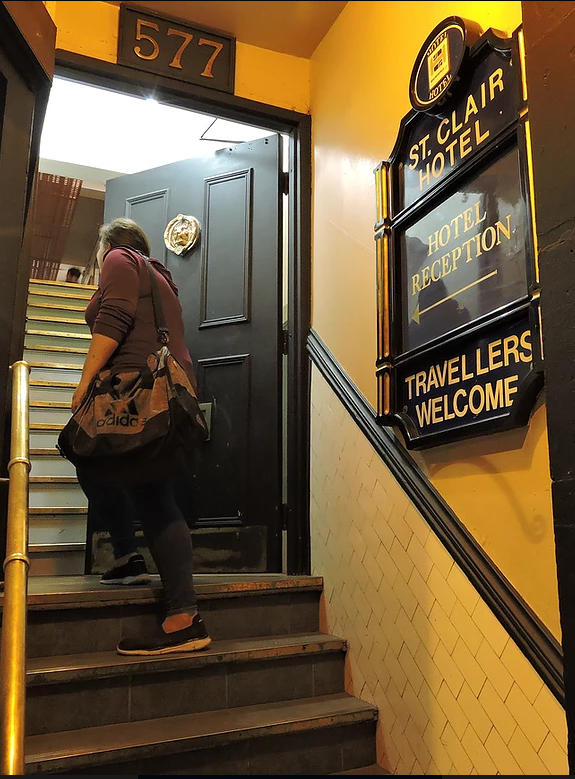
The four-storey brick building at 577 Richards Street was finished in 1911 and initially known as the Dunsmuir Rooms until 1930 when it became the St Clair Rooms. It sits next door to BC Stamp Works, which was built in 1895 as a boarding house.
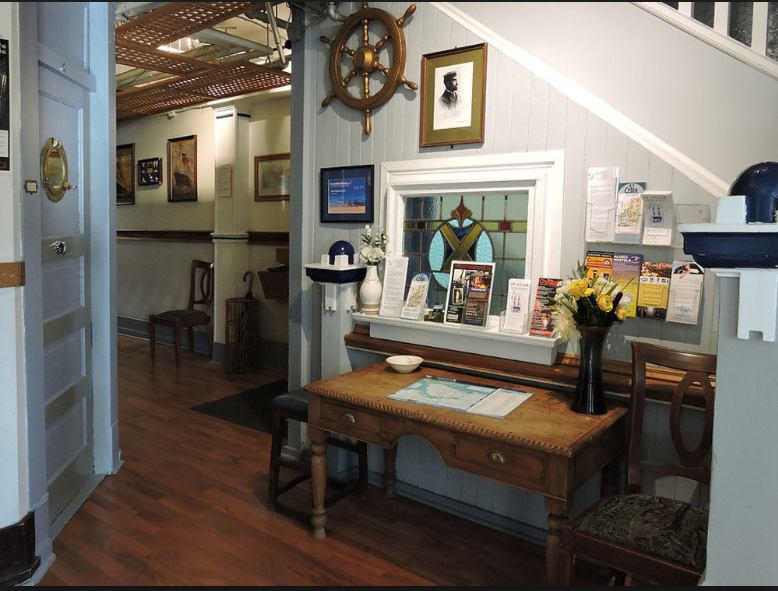
When Pybus was building his commercial block, it looks like the owner at BC Stamp Works (583 Richards) took the opportunity to have the first floor lifted so a retail store or offices could be added—one of Vancouver’s few remaining buried houses.

Pybus captained the Empress of China, and later and the Empress of Japan—a white clipper-ship, which with Pybus at the helm, held the record for crossing the Pacific for over 20 years. Pybus retired in 1911 at age 60. The Empress of Japan was decommissioned in 1922 and left to rot in Vancouver Harbour. Fortunately, the editor of the Province heard she was to be scrapped and had his staff rescue her dragon figurehead, donated it to the city, and it sat in Stanley Park until 1960 when it was replaced with a fiberglass replica. (The original was restored and remains with the Vancouver Maritime Museum).
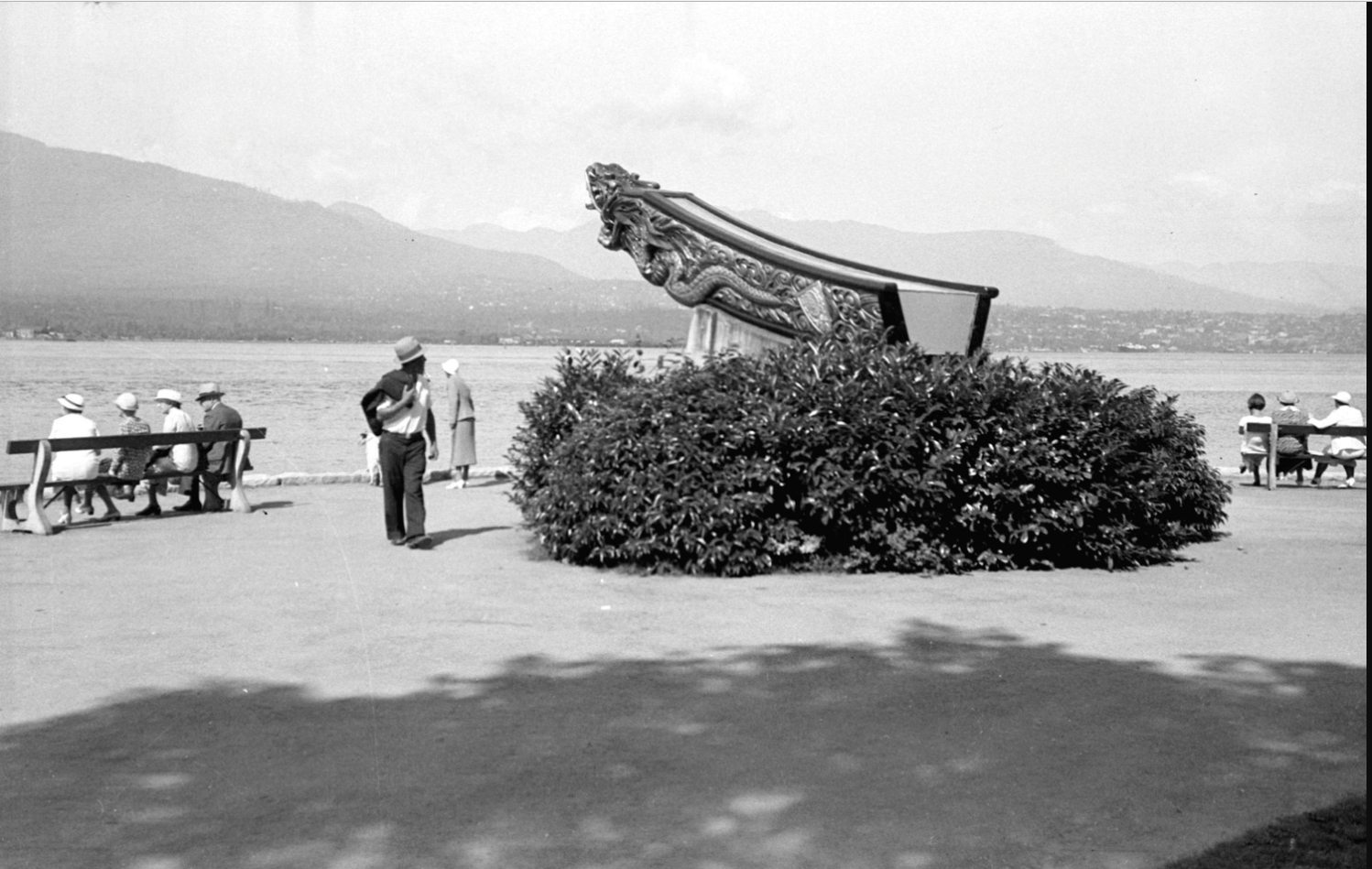
According to Michael Kluckner’s Vanishing Vancouver, the South African born Pybus, fancied himself as a speculator and owned a bunch of property around the city—including a pre-fab Model J BC Mills house that sat at East 1st and Lonsdale from 1908 until 1995 when it was moved—and remains at—Lynn Headwaters Regional Park.
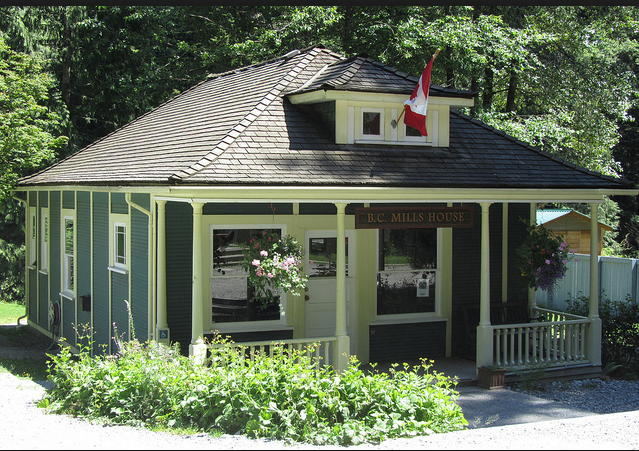
Pybus lost most of his properties in the land crash of 1913/14. He spent the rest of his long life in the West End and died in 1938. Fifty years later, his grandson, Henry Pybus Bell-Irving became the 23rd Lieutenant Governor of BC
What’s surprising, is how little change there has been on the Richards Street block. The retail space below the St. Clair started as a storefront for the United Typewriter Company, became the Vancouver Auction Rooms in the ‘20s, and by 1930 was the headquarters for Pluto Office Furniture. BC Stamp Works, the St. Clair and the office furniture business were still co-existing 25 years later, and not much has changed in the years since.
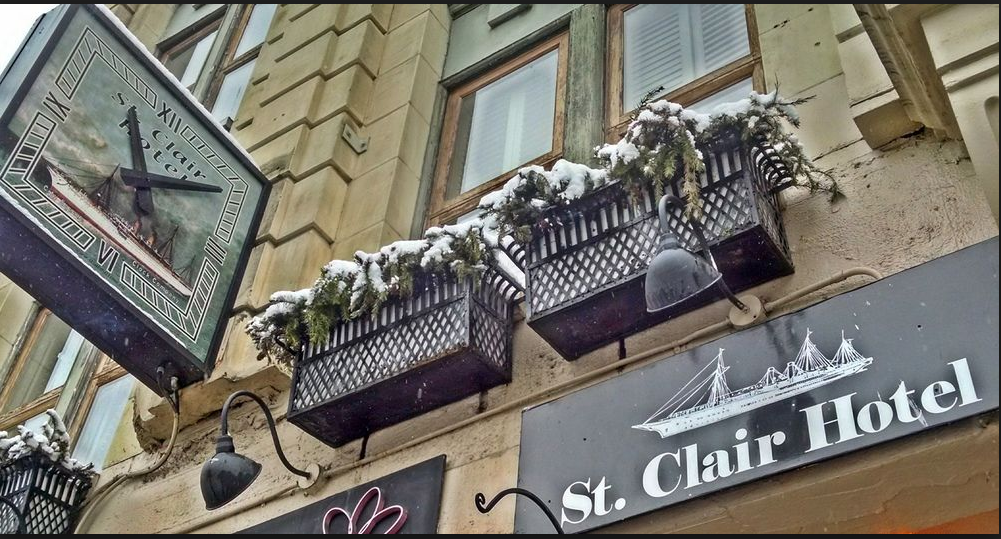
Top photo: The St. Clair Hotel and BC Stamp Works on the 500-block Richards Street in 1985. Courtesy CVA 790-1797
© All rights reserved. Unless otherwise indicated, all blog content copyright Eve Lazarus.



